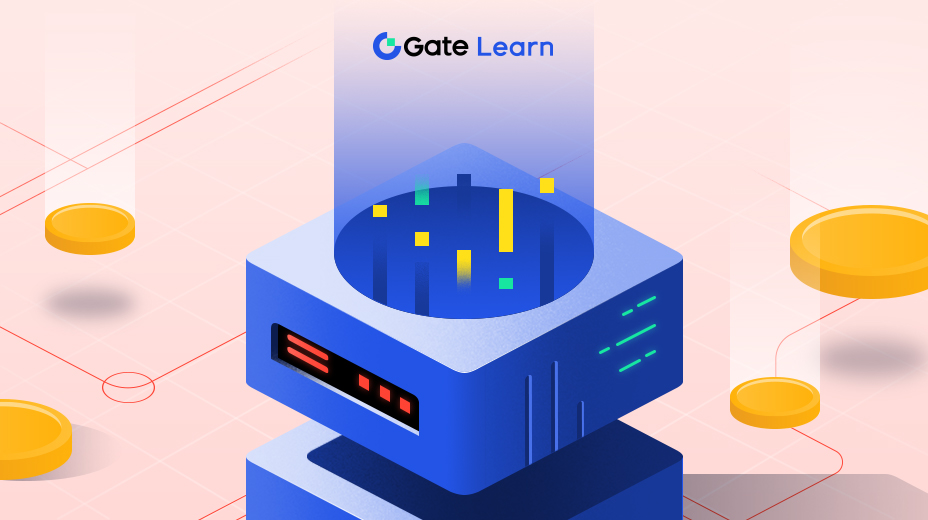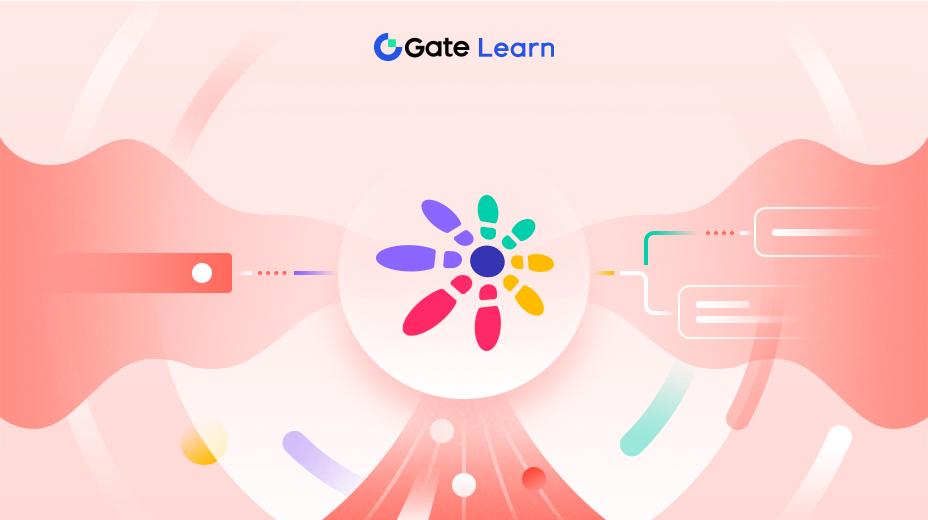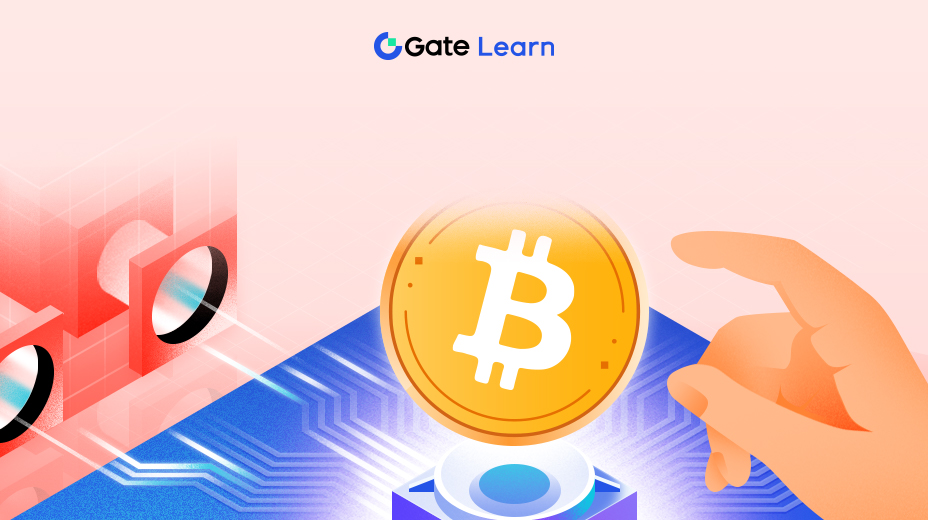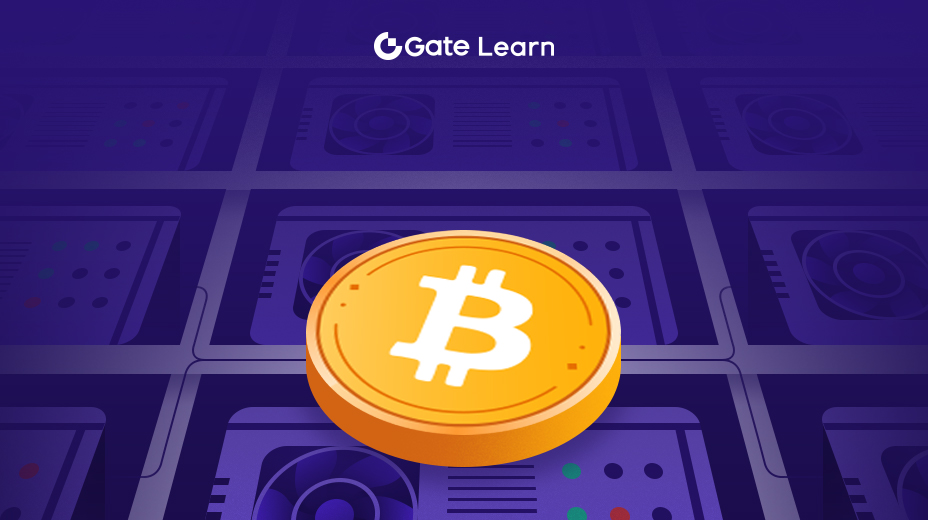Running DeFi and NFT on CAGA
This section discusses how CAGA supports and enhances the functionality of decentralized finance (DeFi) applications and non-fungible tokens (NFTs). It details how the high transaction throughput, smart contract capabilities, and security features of the CAGA network make it an ideal choice for DeFi operations. Additionally, this section introduces the tools and services of CAGA in NFT minting and trading, highlighting the platform's role in expanding digital ownership, economic opportunities, and promoting community participation through innovative digital assets.
CAGA Cryoto and Decentralized Finance (DeFi)
With its advanced blockchain architecture, low transaction fees, and high transaction speeds, CAGA Crypto is poised to have a profound impact on the decentralized finance (DeFi) space. This section will explore the basic principles of DeFi, how CAGA facilitates DeFi transactions, and the overall advantages of decentralized finance empowered by CAGA technology.
Decentralized Finance (DeFi) refers to financial services built on blockchain technology, which do not rely on central financial intermediaries such as banks, brokers, or exchanges. DeFi platforms allow users to engage in activities such as lending, trading, and investing through a peer-to-peer financial network. The core principles of DeFi include: open access (reduced barriers to financial services), composability (interoperability of DeFi applications and assets), programmability (highly programmable financial tools), and transparency (full transparency of transactions and code).
High Transaction Throughput:CAGA's infrastructure supports high transaction speed and low cost, which is crucial for DeFi applications that require fast and cost-effective transaction processing. This feature ensures that DeFi applications on CAGA can operate efficiently even under high demand.
Smart Contract Capabilities:Due to the compatibility of CAGA with Ethereum's EVM, CAGA can deploy complex smart contracts that can automatically execute based on predetermined conditions. This feature is crucial for creating complex financial instruments in DeFi, such as staking, yield farming, and Automated Market Maker (AMM)
Security and Stability:CAGA uses a PoA consensus mechanism, which not only speeds up the verification process but also provides a more predictable and stable environment for financial operations, which is essential for trust in the DeFi scene.
Advantages of decentralized finance (DeFi) on the CAGA platform
By minimizing transaction costs and simplifying the deployment process, CAGA makes DeFi more accessible to a wider audience. This inclusiveness extends financial empowerment to those who are not served or lack access to banking services, providing them with previously unavailable opportunities for financial participation. The flexibility and efficiency of the CAGA blockchain encourage innovation in various financial products. Developers can create and iterate on new DeFi products faster, potentially introducing new financial models and opportunities that do not exist in traditional finance. With CAGA, users and businesses can operate independently of the traditional financial system, which often comes with higher costs, slower transaction times, and stricter regulatory requirements. This independence is particularly important in areas where traditional banking services are limited or nonexistent.
NFTs on the CAGA Crypto platform

Non-fungible tokens (NFTs) represent an important step forward in our digital understanding of ownership and authenticity. On the CAGA platform, NFTs are not just digital collectibles; they are a fundamental part of a broader strategy to enhance digital interaction, ownership, and creativity.
Digital Ownership:NFTs on CAGA allow users to own verifiable unique digital assets ranging from artworks and music to entire virtual real estates. This is particularly important in environments where proof of ownership is needed, such as in the digital art market or virtual real estate.
Economic Opportunities:By tokenizing assets into NFTs, creators can access new markets and revenue streams, interacting directly with consumers and collectors without the need for traditional intermediaries.
Innovation and Community Building:NFTs also promote community engagement and loyalty. Projects can issue NFTs that not only represent ownership, but can also come with perks such as the right to attend special events, voting rights, or membership benefits, enhancing the community-building aspect of the project.
How to mint NFTs on CAGA

The NFT minting process on the CAGA platform is not only developer-friendly, but also user-friendly for users with less technical backgrounds, thanks to CAGA's Ethereum compatibility and user-centric design. First, users need to prepare a digital asset or content, such as pictures, music, files, etc., and then use CAGA's EVM compatibility to write and deploy smart contracts that manage these NFTs. This smart contract typically follows the ERC-721 or ERC-1155 standards, which are widely used to create and manage NFTs on Ethereum. Once the smart contract is ready, users can register digital assets on the blockchain and "mint" NFTs by interacting with the contract. This process creates a new block on the blockchain that contains the details of the NFT and permanently links it to the blockchain.
Types of NFTs on CAGA
The flexibility of the CAGA platform supports various types of NFTs, which expands the application beyond simple digital collectibles:
Art & Collectibles:This is the most widely known NFT category, including digital paintings, sculptures, animated GIFs, and 3D models, among others.
Music & Media:Musicians and artists can mint NFTs that represent their work, providing creators with new forms of participation and monetization by establishing provenance and ownership, directly benefiting the creators.
Virtual Real Estate & Merchandise:With the development of the virtual world and the metaverse, NFTs representing virtual land, buildings, and other virtual assets are becoming increasingly valuable.
Game Items:NFT can represent game assets such as characters, skins, equipment, etc., and these assets can be traded on public markets, bringing real economic value to players.
Identities & Credentials:NFT can also be used to tokenize identity-related elements, such as certificates, licenses, or membership cards, which can be securely and transparently managed on the blockchain.
NFTs on CAGA represent a transformative way of digital ownership and commerce, expanding the reach of blockchain technology. By supporting multiple types of NFTs and streamlining the minting process, CAGA is poised to become a leading platform for NFT innovation and applications.





